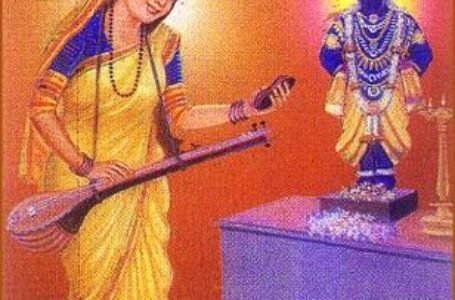Sarod Gharana: The Rich Musical Tradition of the Sarod
- Ancient history Asian history Medieval history
 Shweta Toppo
Shweta Toppo- February 28, 2023
- 0
- 666
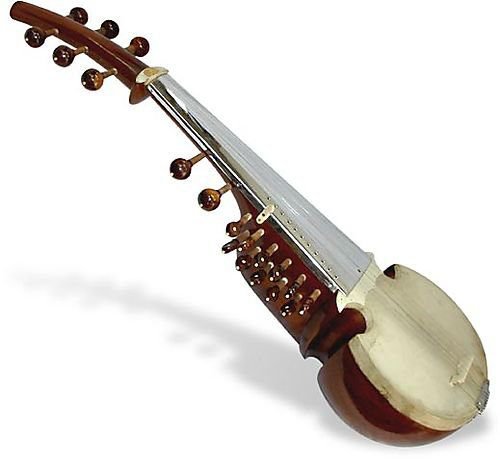
Indian classical music is a complex and sophisticated art form that has been developed over thousands of years. It encompasses a wide range of styles, instruments, and traditions, each with its own unique characteristics and history. One of the most important instruments in Indian classical music is the sarod, a stringed instrument that is known for its rich, expressive sound.
The sarod is closely associated with the sarod gharana, a school or tradition of Indian classical music that has produced many famous sarod players over the years. The sarod gharana has its roots in the Mughal courts of India and is said to have been founded by Ustad Allauddin Khan, a renowned musician and teacher in the early 20th century.

In this blog, we will explore the sarod gharana in more detail, looking at its history, characteristics, and influence on Indian classical music. Whether you are a fan of Indian classical music or simply interested in learning more about this fascinating art form, this blog will provide a detailed and informative introduction to the sarod gharana.
ORIGIN OF SAROD GHARANA
The history of the sarod gharana is closely tied to the life and teachings of Ustad Allauddin Khan, who is considered to be the founder of the gharana. Khan was born in Brahmanbaria, now part of Bangladesh, in 1862 and began his musical training at a young age.
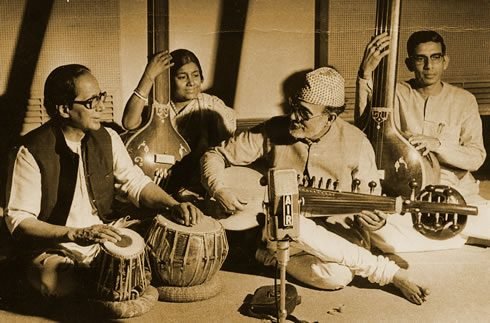
Khan was a multi-instrumentalist who was skilled in playing the sitar, sarangi, and tabla, as well as the sarod. He travelled extensively throughout India and was exposed to a wide variety of musical styles and traditions.
In the early 20th century, Khan began teaching music in the city of Maihar, in the state of Madhya Pradesh. He quickly gained a reputation as a master musician and teacher, attracting students from all over India. Many of his students went on to become famous musicians in their own right, including his son Ustad Ali Akbar Khan, Ustad Amjad Ali Khan, and Ustad Aashish Khan.

Under Khan’s guidance, the sarod gharana developed a unique playing style that emphasized the use of meend (glissando) and gamak (ornamentation) techniques, as well as a complex rhythmic structure. The gharana also placed a strong emphasis on maintaining the purity of the raga (melodic structure) while allowing for improvisation and exploration within that framework.
In addition to his musical contributions, Khan was also a respected teacher and mentor. He believed strongly in the importance of the guru-shishya (teacher-student) relationship and imparted not only musical knowledge but also life lessons and spiritual guidance to his students.
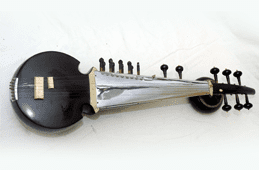
Today, the sarod gharana continues to be an important part of Indian classical music, with many talented musicians carrying on the traditions established by Ustad Allauddin Khan and his disciples.
LEADERS OF SAROD GHARANA
The sarod gharana has produced many talented musicians over the years, and several key figures have played a significant role in shaping the tradition and carrying it forward. Here are some of the most notable leaders of the sarod gharana:

- Ustad Allauddin Khan – as previously mentioned, Ustad Allauddin Khan is considered to be the founder of the sarod gharana. He was a highly respected musician and teacher who had a profound impact on Indian classical music.
- Ustad Ali Akbar Khan – the son of Ustad Allauddin Khan, Ali Akbar Khan was one of the most famous sarod players of the 20th century. He was a pioneering musician who introduced Indian classical music to Western audiences and collaborated with many prominent musicians from other genres.
- Ustad Amjad Ali Khan – another prominent figure in the sarod gharana, Amjad Ali Khan is known for his virtuosic playing style and innovative approach to music. He has received numerous awards and honors for his contributions to Indian classical music.
- Ustad Aashish Khan – the son of Ali Akbar Khan and grandson of Allauddin Khan, Aashish Khan is a highly respected sarod player who has collaborated with many musicians from around the world. He is known for his mastery of the instrument and his ability to create new and innovative compositions.
- Pandit Ravi Shankar – while not strictly a sarod player, Ravi Shankar was a highly influential musician who played a key role in popularizing Indian classical music around the world. He was a student of Ustad Allauddin Khan and went on to become one of the most famous Indian musicians of all time.

These are just a few of the many talented musicians who have contributed to the sarod gharana over the years. Each of these musicians has left a lasting legacy, and their music continues to inspire and influence musicians around the world.
TYPES OF SAROD GHARANA
There are several different styles, or gharanas, of sarod playing within the broader sarod tradition. Here are some of the most well-known sarod gharanas:
- Senia Shahjahanpur Gharana – this gharana is named after the town of Shahjahanpur in Uttar Pradesh, where it originated. It is characterized by a lyrical, vocal-like style of playing that emphasizes the melodic aspect of the music.
- Maihar Gharana – founded by Ustad Allauddin Khan, the Maihar gharana is one of the oldest and most influential gharanas of Indian classical music. It is characterized by a highly technical, virtuosic style of playing that emphasizes both melody and rhythm.
- Lucknow Gharana – this gharana is known for its delicate, nuanced approach to sarod playing, with a focus on subtlety and understated expression. It places a strong emphasis on the use of gamak, or rapid ornamentation, to create complex and intricate melodies.
- Jaipur Senia Gharana – this gharana is a fusion of the Jaipur and Senia gharanas, and it is known for its dynamic and virtuosic approach to sarod playing. It emphasizes both melody and rhythm, with a focus on intricate, complex patterns and rapid ornamentation.
- Agra Gharana – this gharana is known for its emotive, expressive style of sarod playing, with a focus on creating a rich, resonant tone and exploring the full range of the instrument’s expressive possibilities.

These are just a few of the many sarod gharanas that exist within the broader sarod tradition. Each gharana has its own unique approach to playing the sarod, and mastering these different styles requires years of dedicated study and practice.
FEATURES OF SAROD GHARANA
The sarod is a complex and versatile instrument with many features that allow for a wide range of expressive possibilities. Here are some of the key features of the sarod:
- Body – The body of the sarod is typically made of wood, with a hollowed-out chamber that amplifies the sound of the strings. The shape of the body can vary, but it is typically curved and carved with intricate designs.
- Strings – The sarod has four or six main strings, which are typically made of steel or bronze. In addition to the main strings, there are also several sympathetic strings, which vibrate in response to the main strings and contribute to the overall sound of the instrument.
- Fretboard – The fretboard of the sarod is typically made of metal, and it does not have frets like many other stringed instruments. Instead, the player uses the pressure of their fingers to create the desired pitch, allowing for greater flexibility and expressiveness.
- Plectrum – The sarod is played with a small plectrum, typically made of metal, which is held between the player’s index and middle fingers.
- Jawari – The jawari is a small piece of material, typically bone or metal, that is affixed to the bridge of the sarod. The jawari plays an important role in shaping the sound of the instrument, producing the distinctive buzzing and twangy tones that are characteristic of the sarod.
- Meend and Gamak – Two of the most important techniques used in playing the sarod are meend and gamak. Meend involves sliding the finger along the string to create a smooth glissando, while gamak involves rapid, ornamented notes that add texture and complexity to the melody.

These are just a few of the key features of the sarod that contribute to its unique sound and expressive possibilities. Mastery of these features requires years of dedicated practice and study, making the sarod one of the most challenging but rewarding instruments to play.
FAMOUS ARTIST OF SAROD GHARANA
There have been many legendary sarod players throughout the history of the instrument. Here are just a few of the most famous and influential sarod players:
- Ustad Ali Akbar Khan – a legendary figure in the world of Indian classical music, Khan is widely regarded as one of the greatest sarod players of all time. He was a master of the Maihar Gharana and played a key role in bringing Indian classical music to a wider international audience.
- Ustad Amjad Ali Khan – one of the most famous and influential sarod players of the modern era, Amjad Ali Khan is known for his virtuosic playing style and his efforts to modernize and popularize the sarod tradition.
- Ustad Bahadur Khan – a master of the Senia Shahjahanpur Gharana, Bahadur Khan was one of the most renowned sarod players of the 20th century. He is credited with popularizing the instrument in India and helping to establish it as a major force in the world of classical music.
- Ustad Ali Ahmed Hussain – a disciple of Ustad Amjad Ali Khan, Hussain is known for his innovative approach to sarod playing and his use of technology to enhance the sound of the instrument.
- Pandit Buddhadev Dasgupta – a master of the Senia Shahjahanpur Gharana, Dasgupta is known for his lyrical and emotive style of sarod playing. He has won numerous awards and accolades for his contributions to Indian classical music.
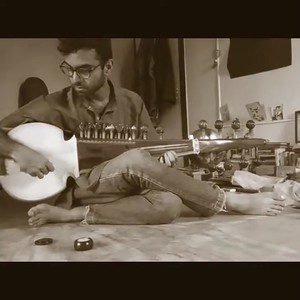
These are just a few of the many legendary sarod players who have contributed to the development and evolution of the instrument over the years. Their creativity, innovation, and mastery of the sarod have helped to establish it as one of the most important and influential instruments in the world of Indian classical music.
CURRENT SCENARIO
The sarod continues to be a popular and highly respected instrument in the world of Indian classical music. While it is not as widely known or popular as some other instruments, such as the sitar, it is still considered one of the most challenging and rewarding instruments to play.
In recent years, there has been a growing interest in the sarod among Western audiences, with many musicians and music lovers discovering the unique beauty and expressiveness of the instrument. This has led to a number of collaborations between sarod players and Western musicians, as well as an increasing number of performances and recordings of sarod music.
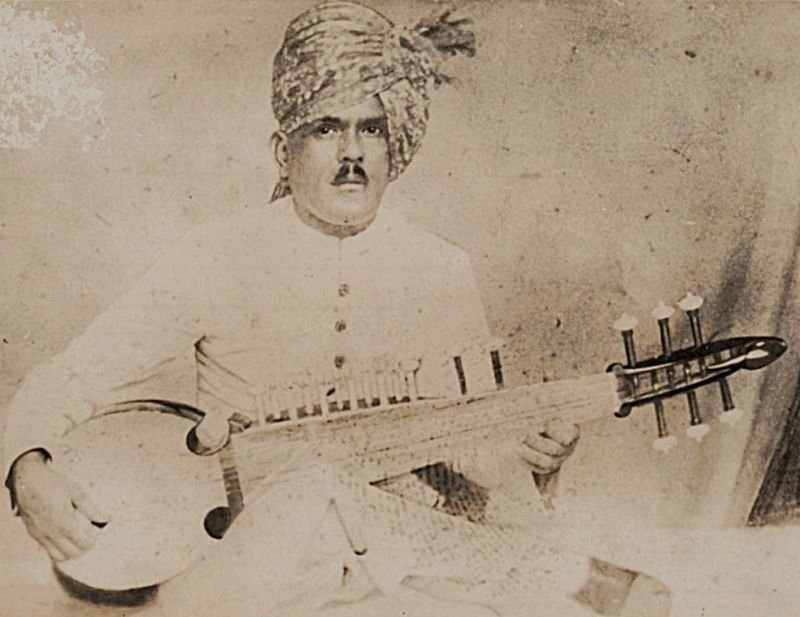
At the same time, there are concerns about the future of the sarod tradition, as fewer young musicians are taking up the instrument and traditional Gharana-based teaching methods are being challenged by modern approaches to music education. However, there are also efforts underway to preserve and promote the sarod tradition, including the establishment of schools and academies dedicated to the teaching and study of the instrument. Overall, the current scenario for the sarod is one of both challenges and opportunities, as the instrument continues to evolve and adapt to changing times while remaining rooted in its rich and vibrant tradition.
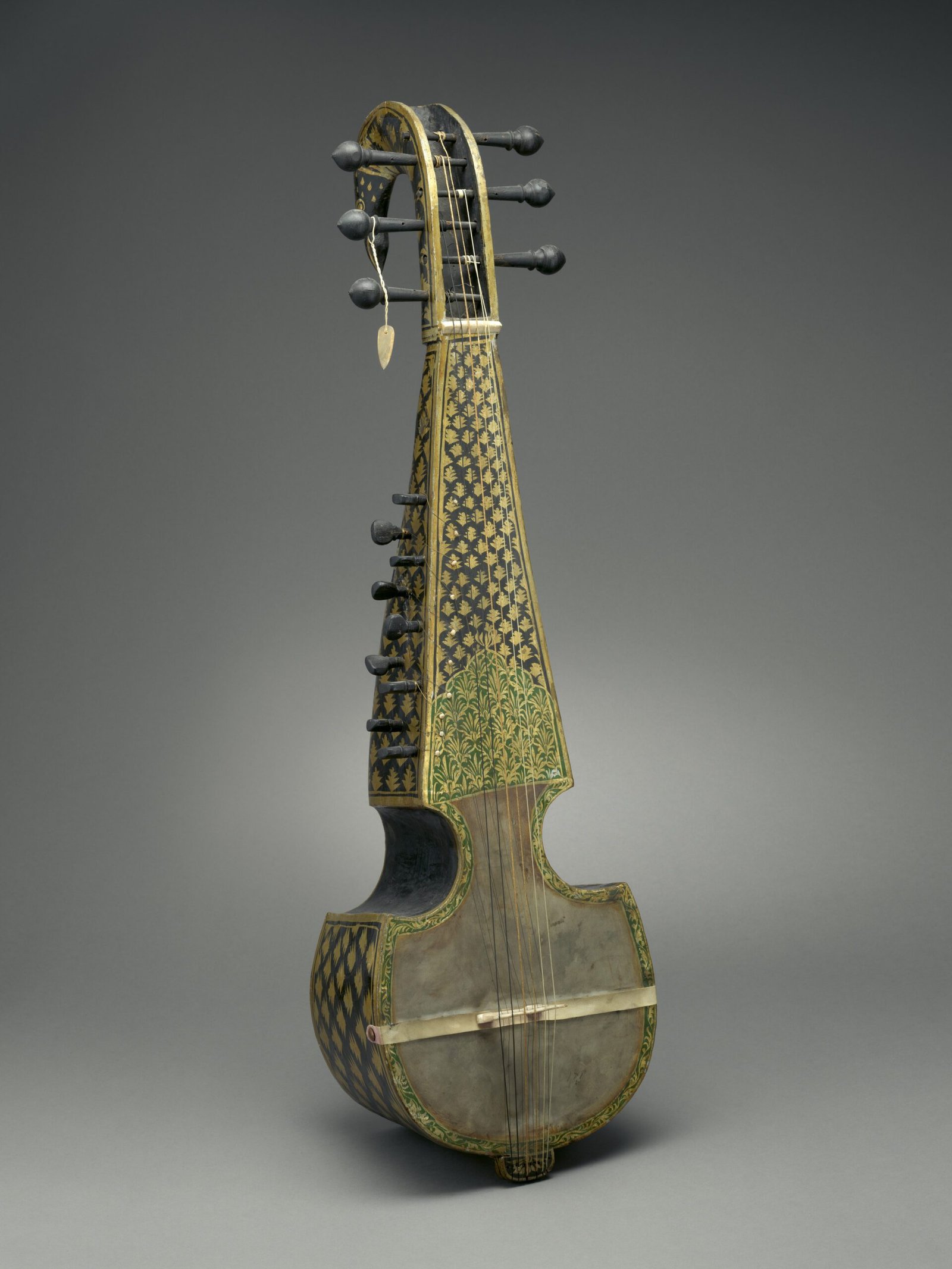
CONCLUSION
The sarod is a complex and versatile instrument with a rich history and tradition that continues to evolve and adapt to changing times. It is an integral part of the world of Indian classical music, and its expressive possibilities and unique sound continue to captivate and inspire musicians and music lovers around the world.
Despite the challenges facing the sarod tradition, including declining interest among young musicians and the erosion of traditional teaching methods, there is still much to be hopeful about. The growing interest in the sarod among Western audiences, the establishment of schools and academies dedicated to its study and preservation, and the ongoing creativity and innovation of sarod players all point to a vibrant and dynamic future for this remarkable instrument.
Ultimately, the sarod is a testament to the power of music to transcend cultural boundaries and connect people across time and space. Its rich and complex history, its expressive possibilities, and its enduring appeal are a testament to the enduring power of human creativity and the enduring beauty of the musical art form.


